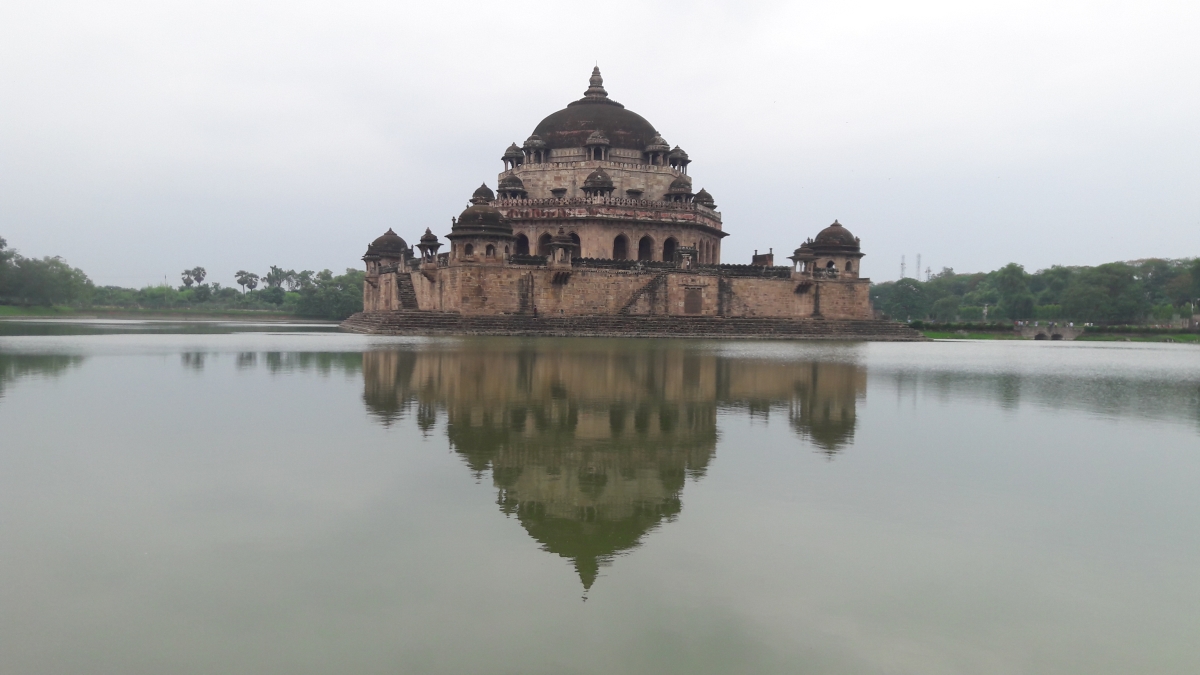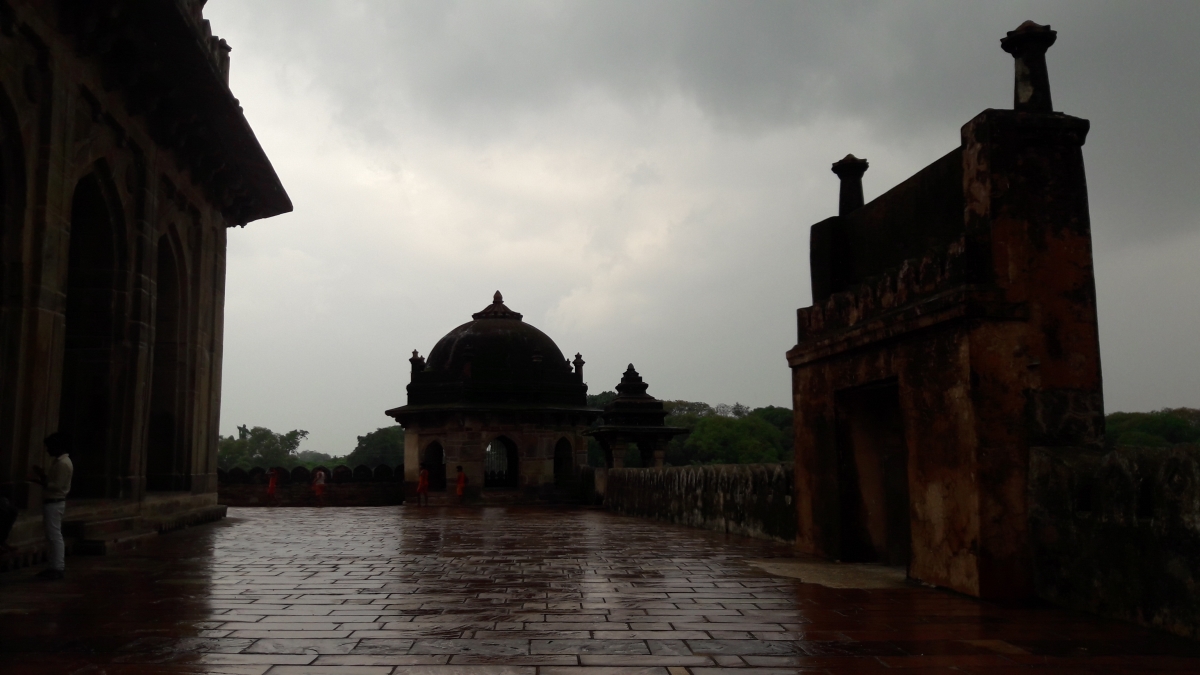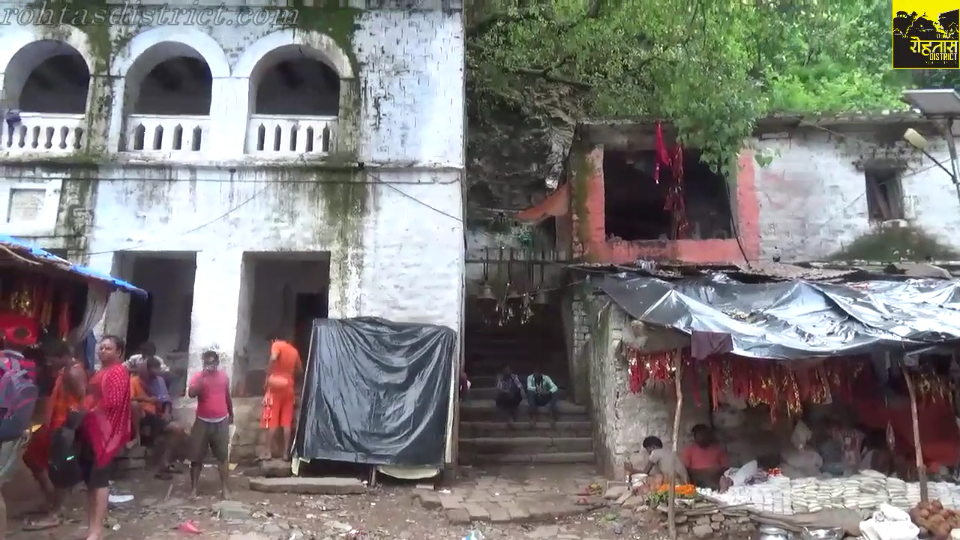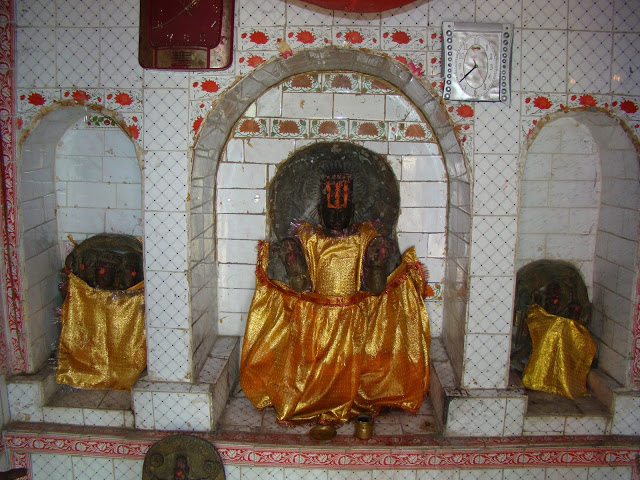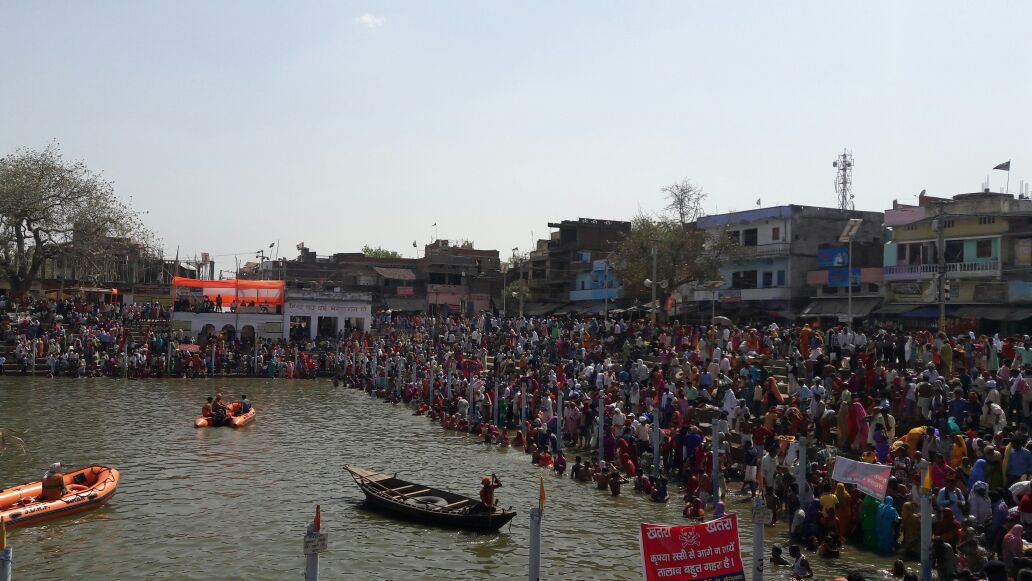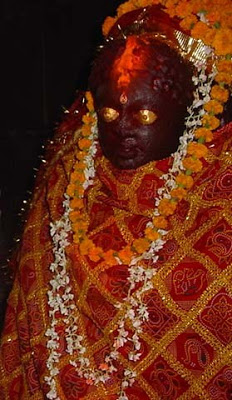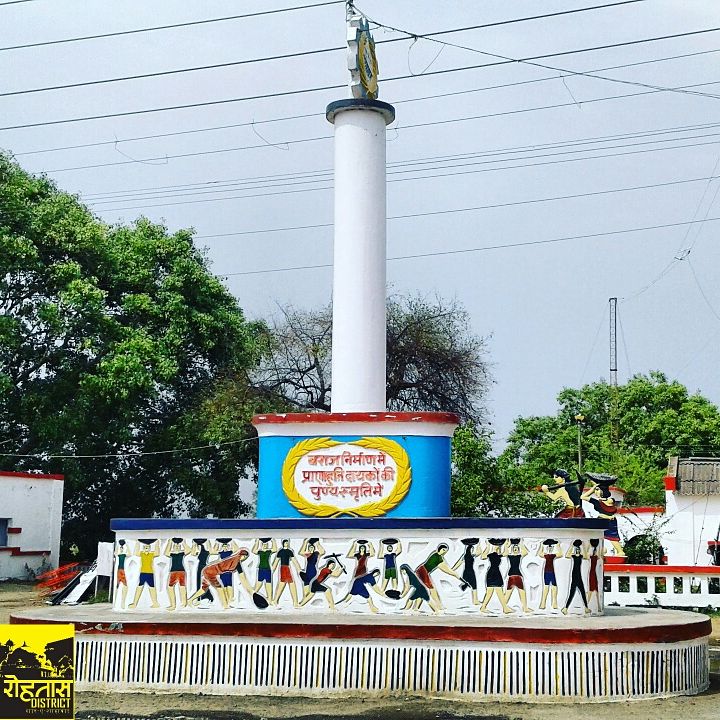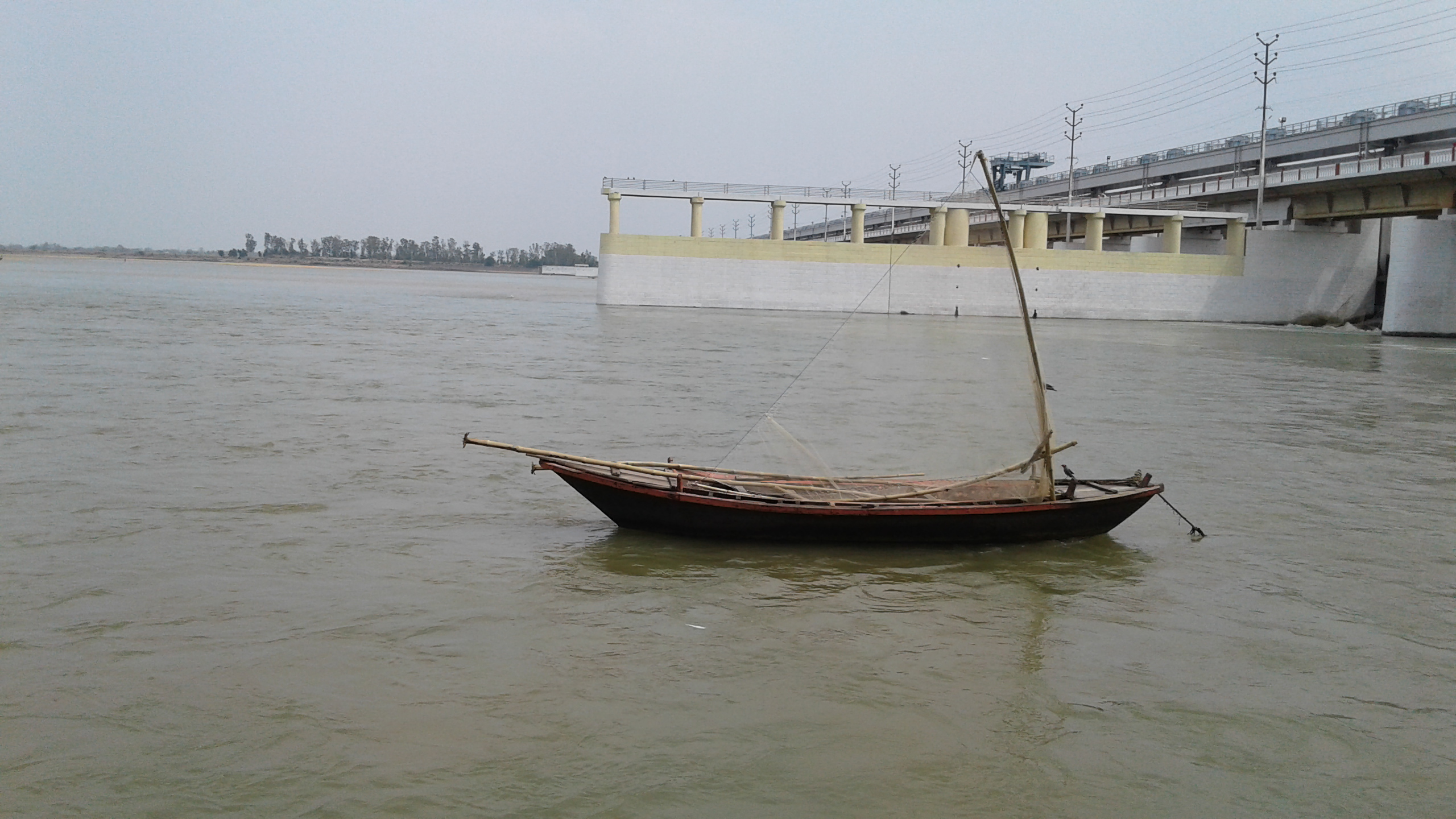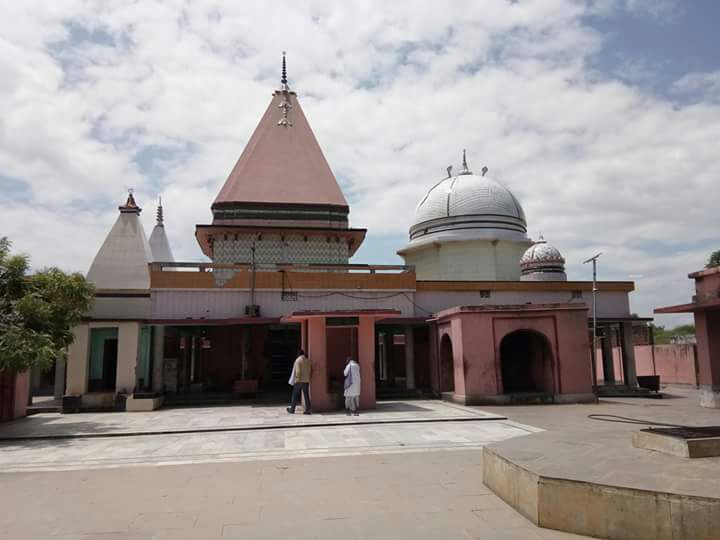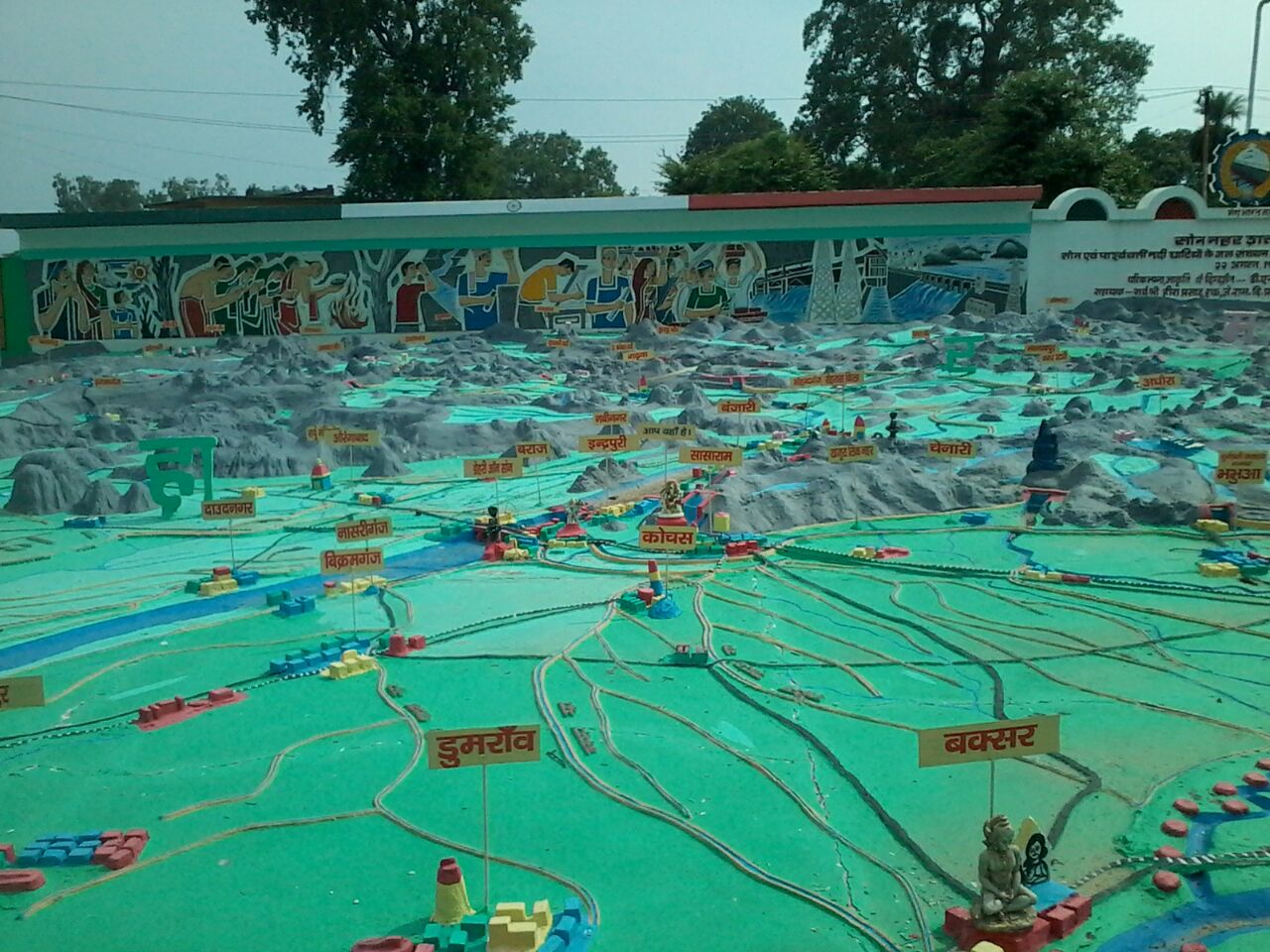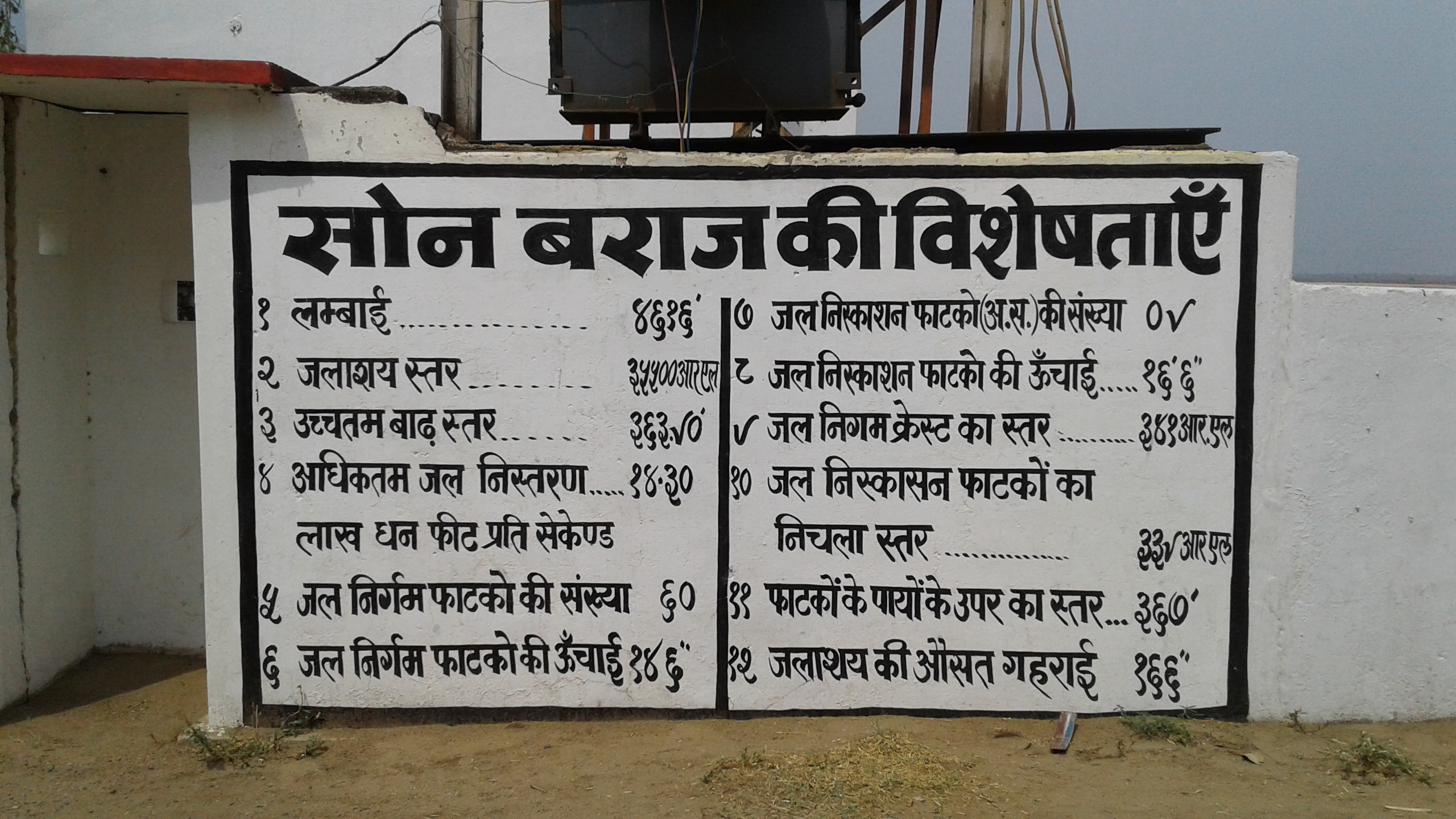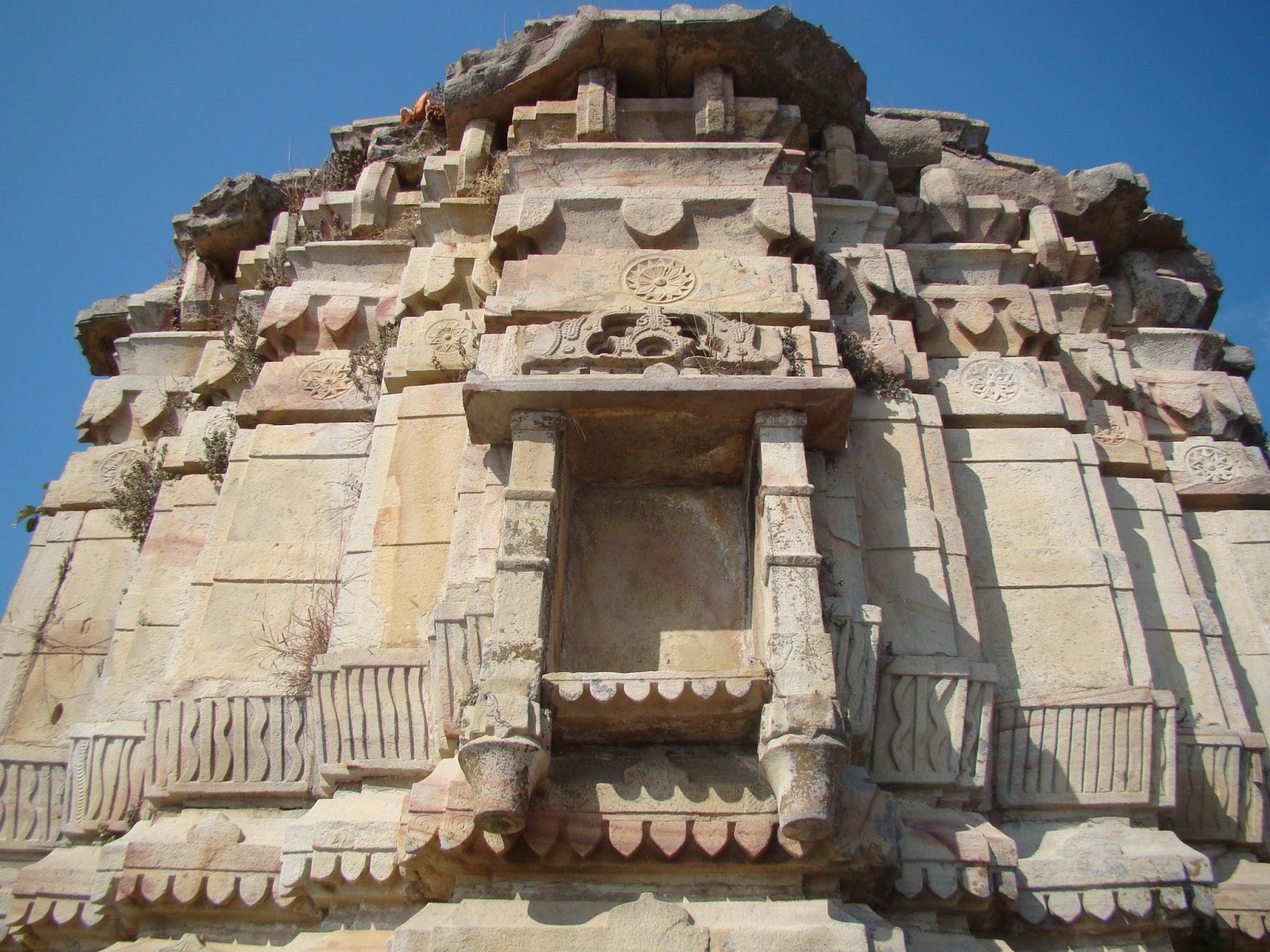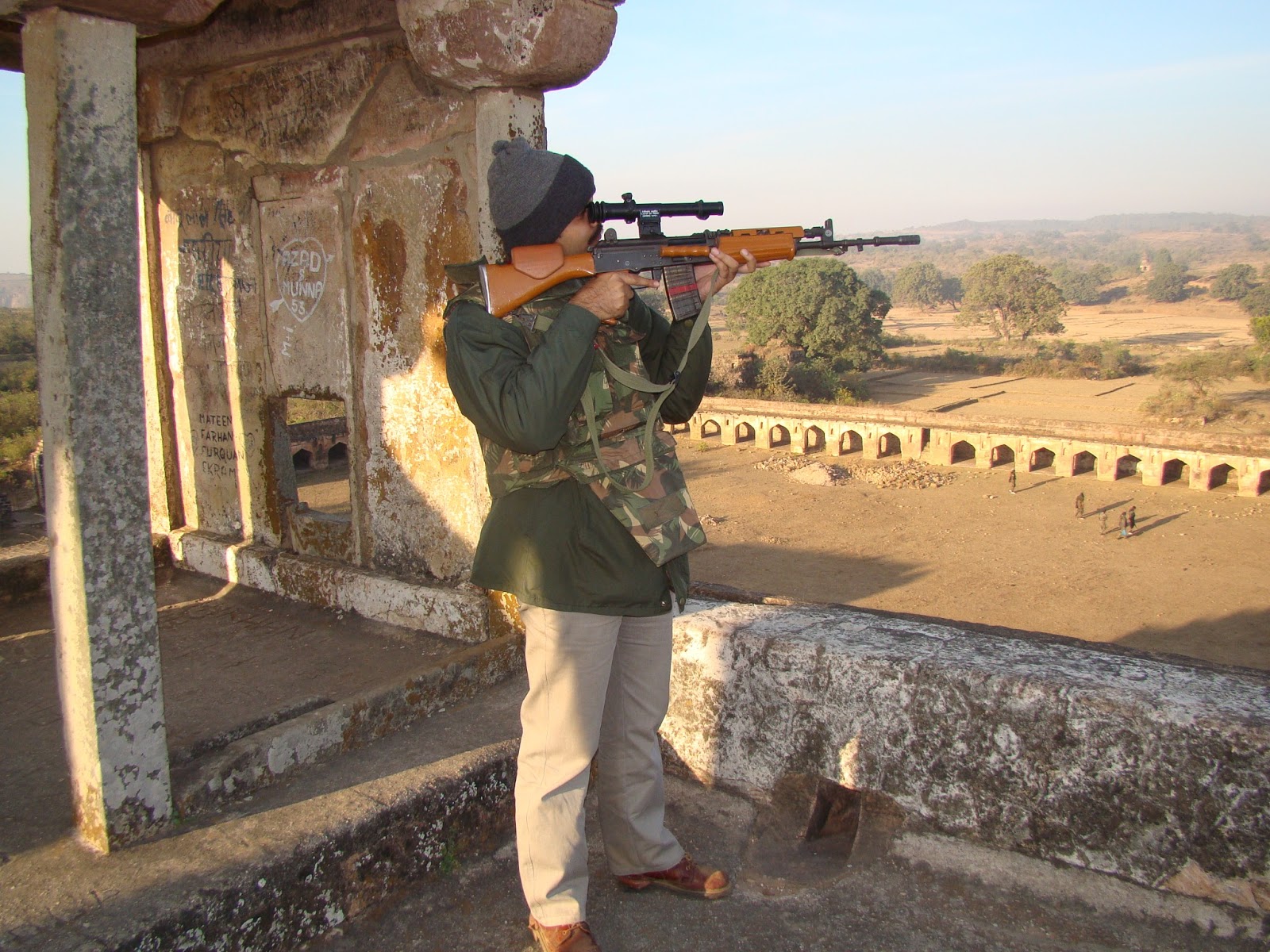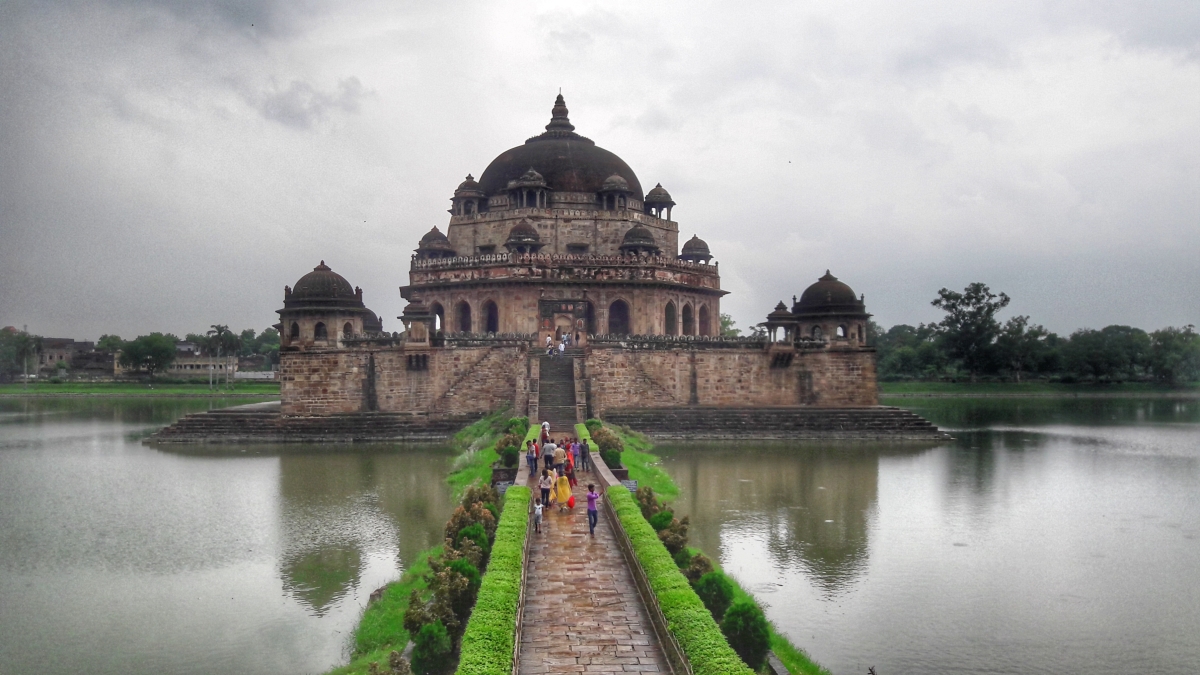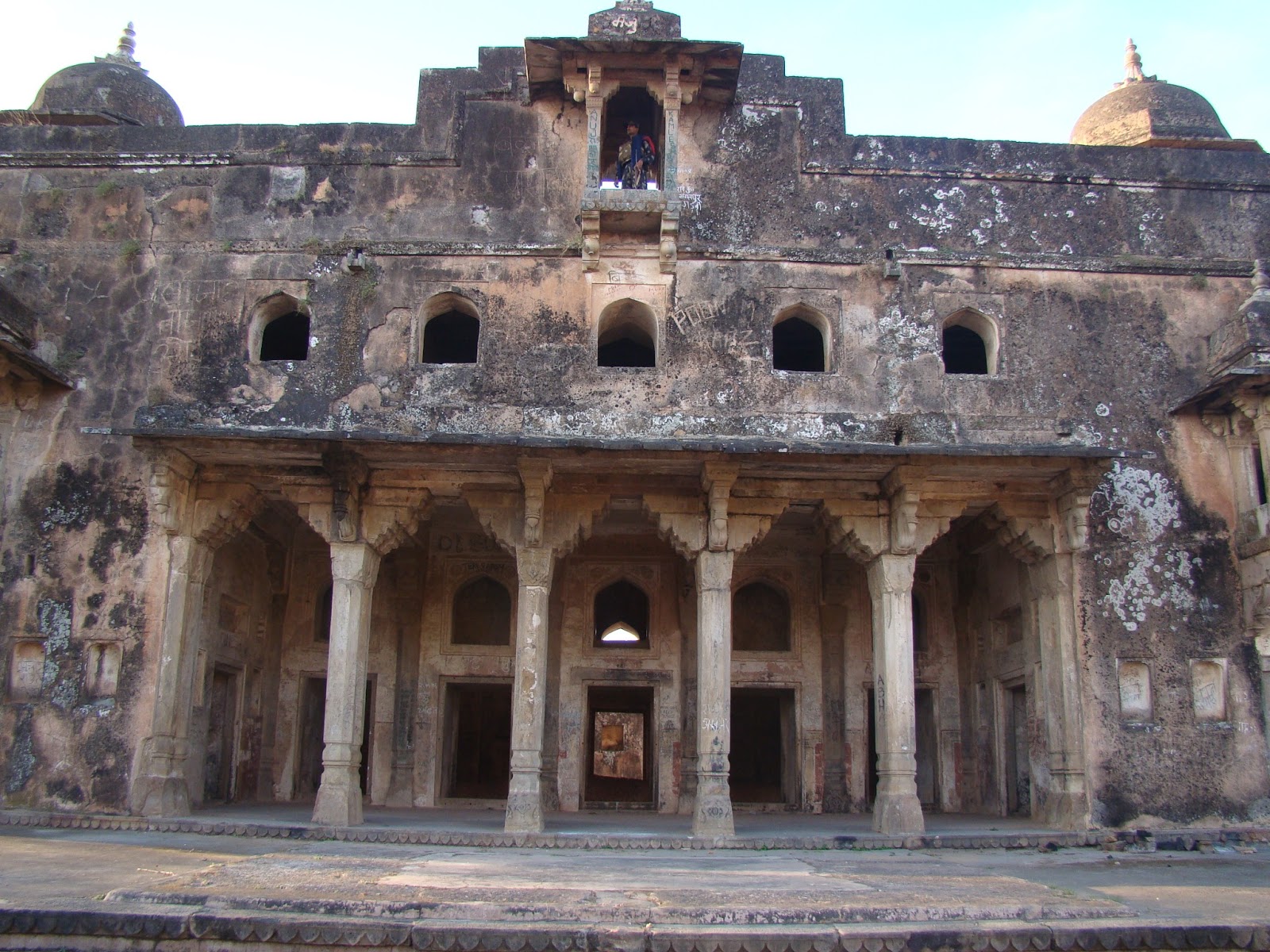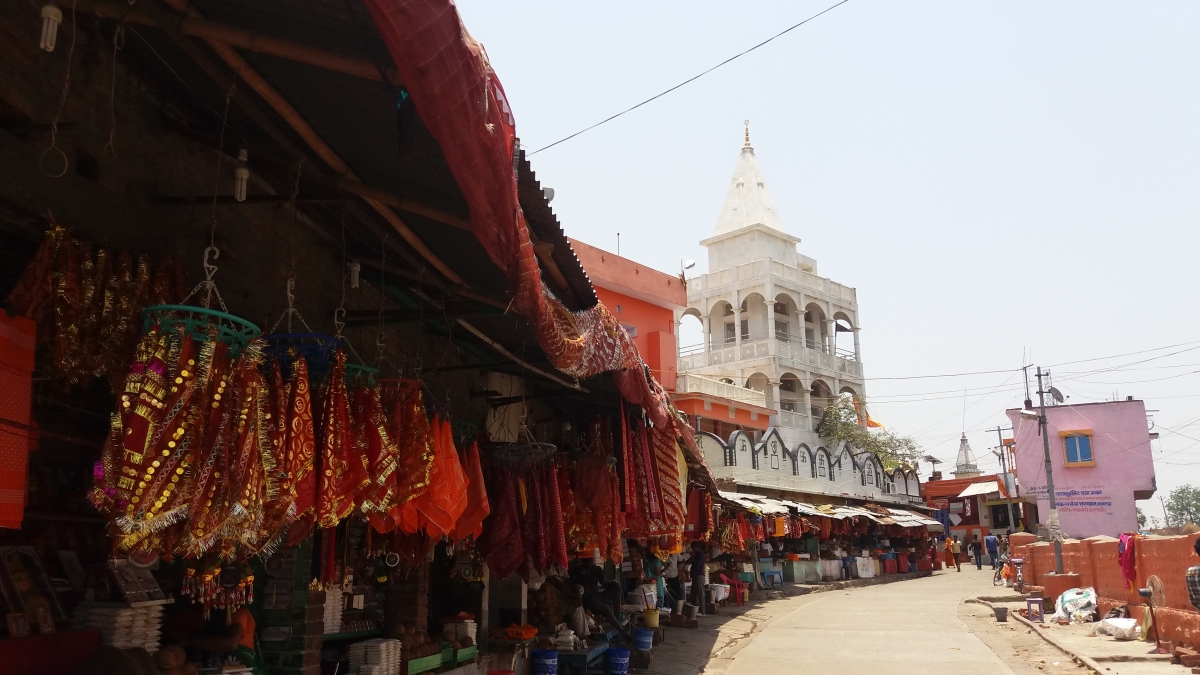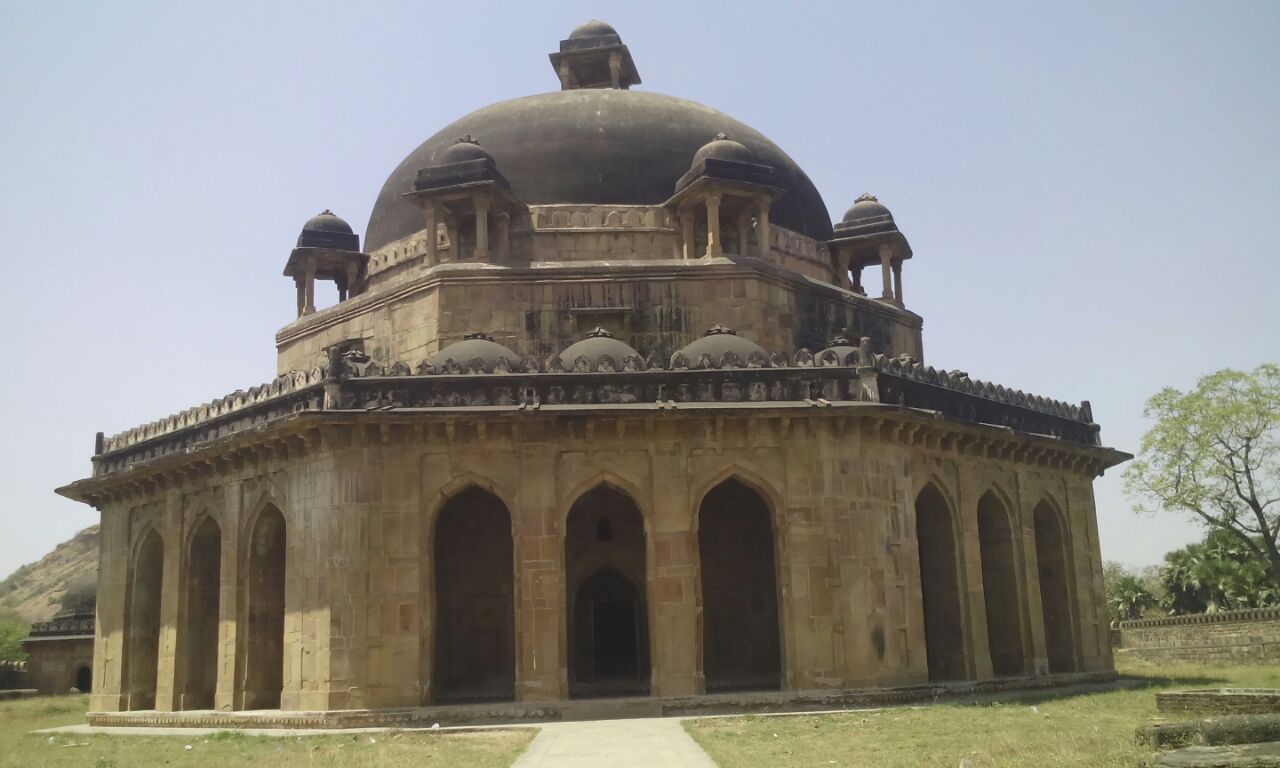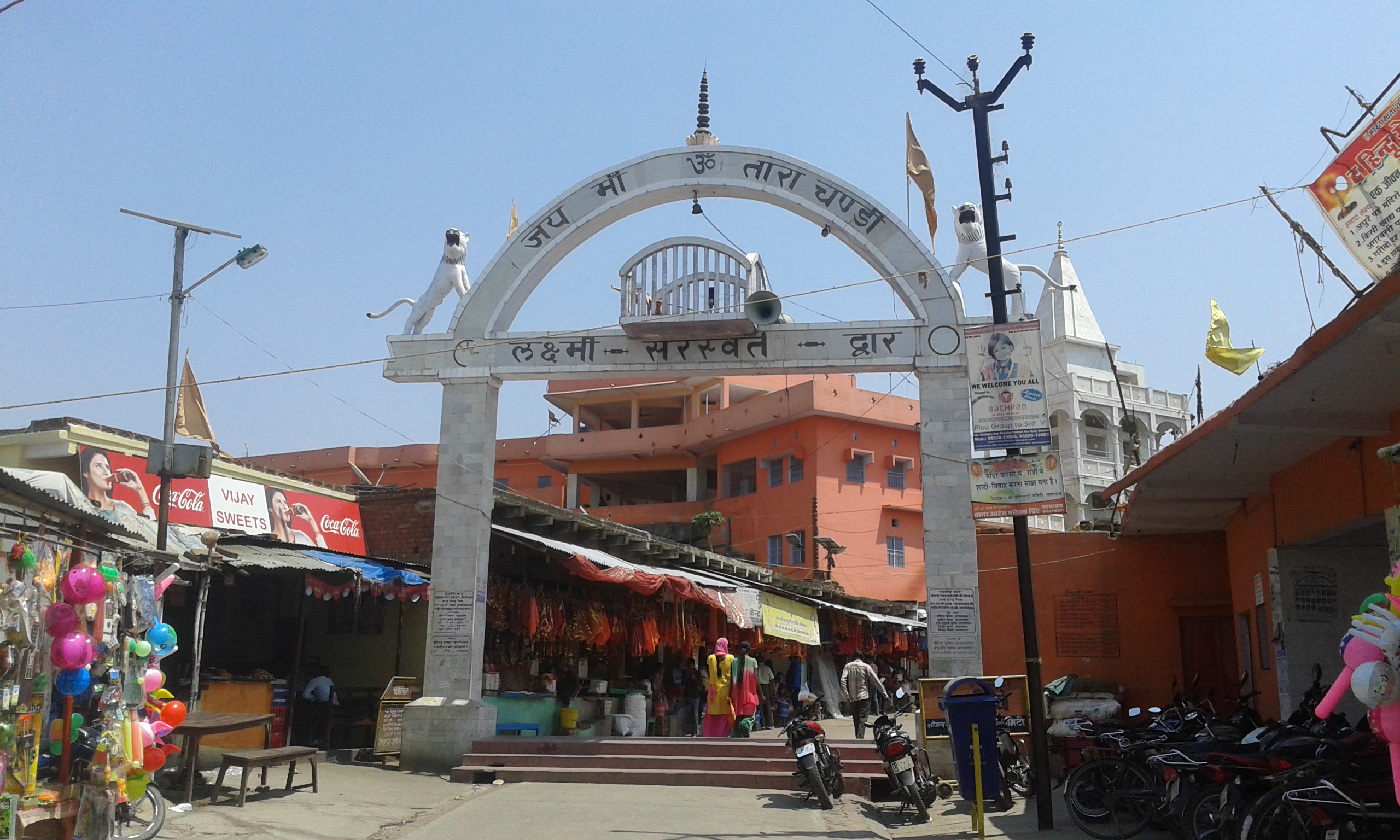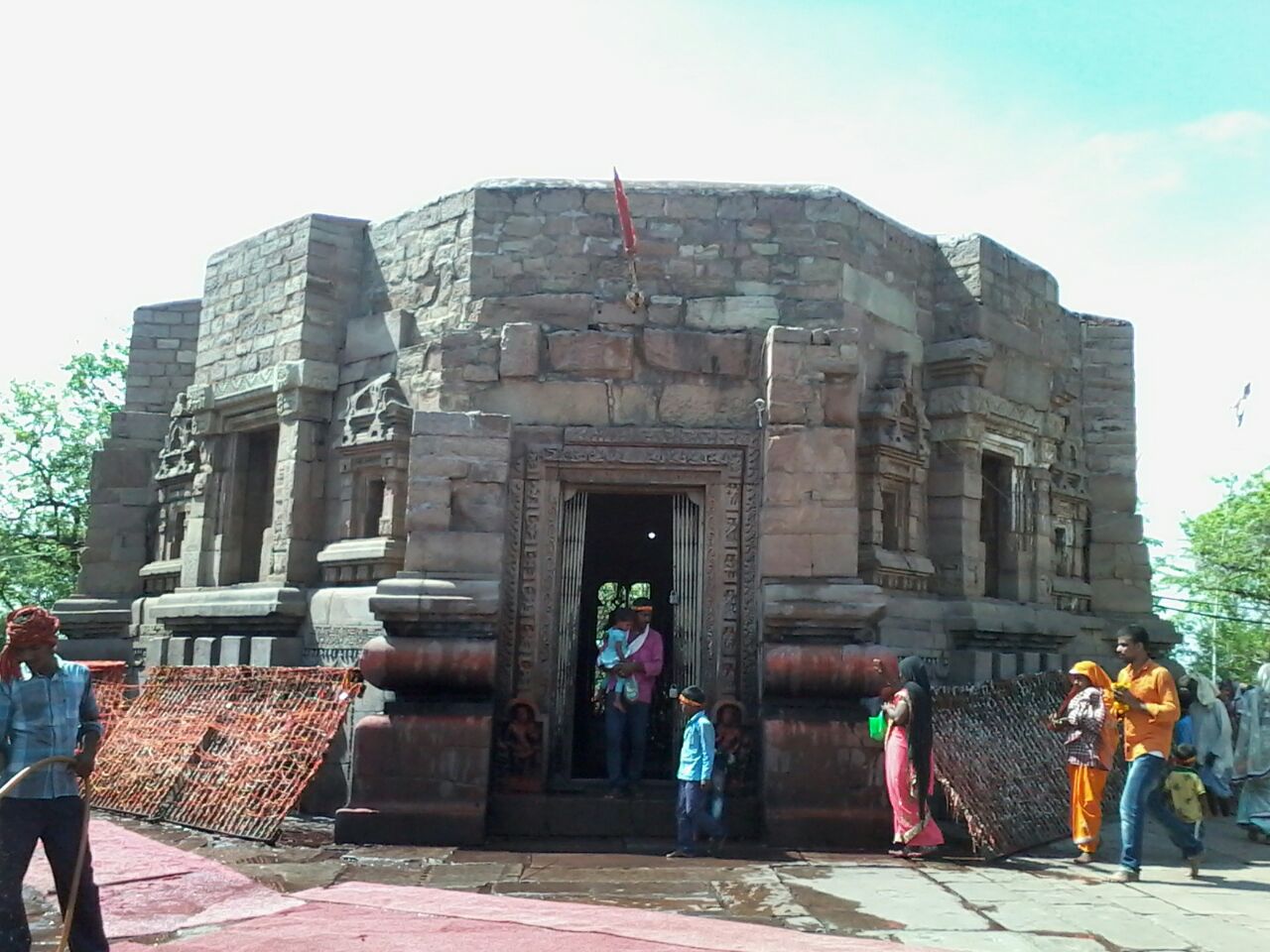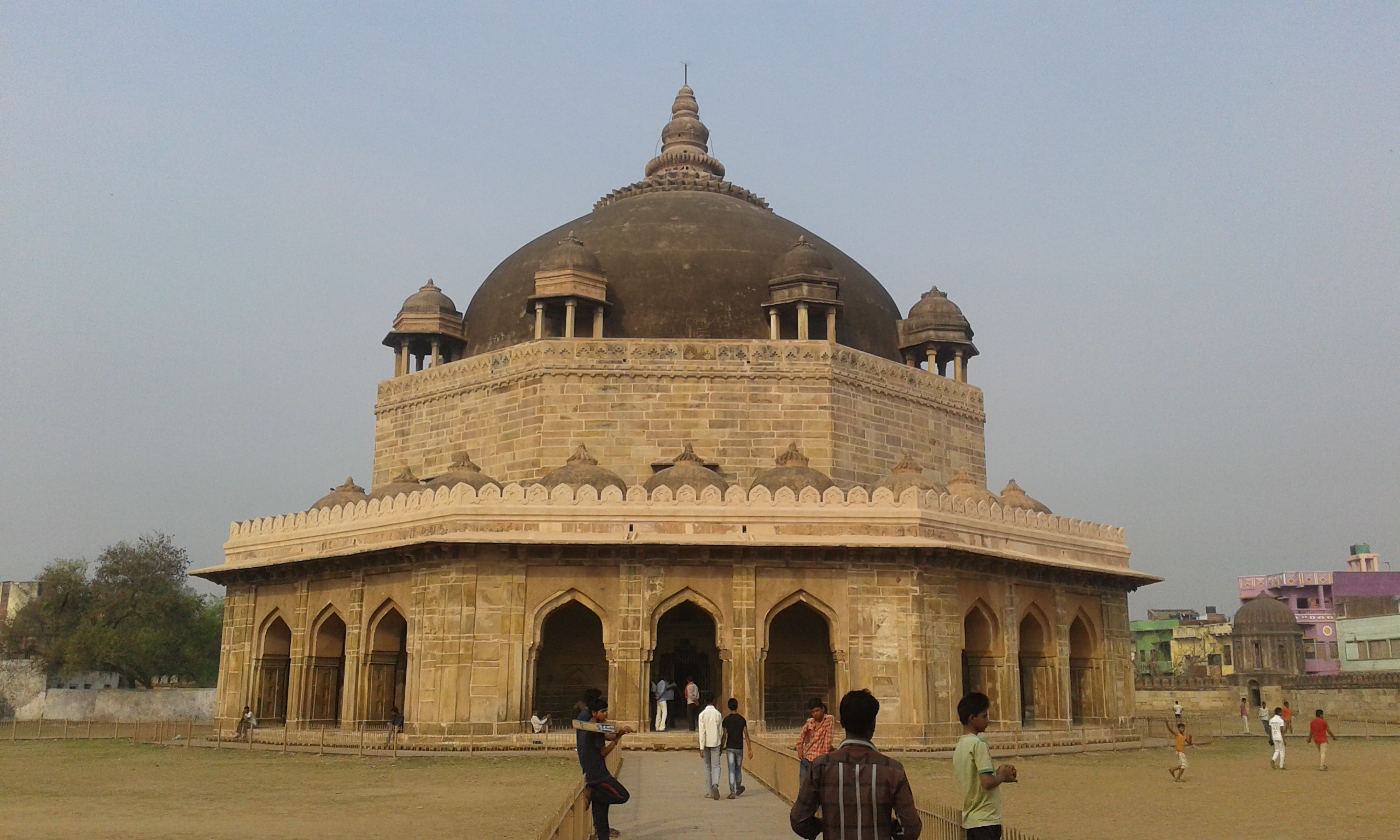Rohtas (Sasaram), Ex Capital of India. Now, The Rohtas District is a part of Patna Division, and it has an area of 3850 km² (square kilometres), a population of 2,448,762 (2001 census), and a population density of 636 persons per km². The languages spoken in this area are Bhojpuri, Hindi and English.
Historical Background
Rohtas has an old & interesting history. In pre-historic days the plateau region of the district has been the abode of aboriginals whose chief representatives now are the Bhars, the Cheers and the Oraons . According to some legends the Kherwars were the original settlers in the hilly tracts near Rohtas.The Oraons also claim that they ruled over the area between Rohtas and Patna. The local legend also connects king Sahasrabahu with Sasaram, the headquarter of Rohtas district. It is believed that Sahasrabahu had terrible fight with Saint Parsuram, the legendary Brahmin Protector, as a result of which Sahasrabahu was killed. The term Sahasram is supposed to have been derived from Sahasrabahu and Parsuram. Another legend connects the ROHTAS hill to Rohitashwa, son of Raja Harishchandra, a famous king who was known for his piety and truthfulness.The District of ROHTAS formed a part of the Magadh Empire since 6th B.C. to 5TH Century A.D. under the pre Mauryans. The minor rock edict of Emperor Ashok at Chandan Sahid near Sasaram confirmed the Mauryans conquests of this district. In the 7th Century A.D. This district came under the control of Harsha rulers of Kannauj .
Sher Shah’s father Hassan Khan Suri was an Afghan adventure, he got the jagir of Sasaram as a reward for his services to Jamal Khan, and the Governor of Province during the latter’s attachment with the king of Jaunpur. But the Afghan Jagirdar was not able to exercise full control over this subject since the allegiance of the people was very lose and the landlords were particularly independent. In 1529 Babar invaded Bihar, Sher Shah who lost opposed him. Babar has left in his memories an interesting account of the place. He mentioned about the superstitions of the Hindu with regard to river Karamnasa and also described how he swam across the river Ganga at Buxar in 1528.When Babar died , Sher Shah become active again .In 1537 Humayun advanced against him and he seized his fortresses at Chunar and Rohtas Garh. Humayun proceeded to Bengal where he spent six months, while on his return journey to Delhi he suffered a crushing defeat at the hands of the Sher Shah at Causa. This victory secured for Sher Shah the imperial throne of Delhi. ” The rule of Sur dynasty , which Sher Shah founded, was very short lived. Soon the Mughals regions the imperial throne of Delhi.


